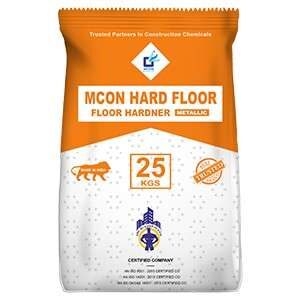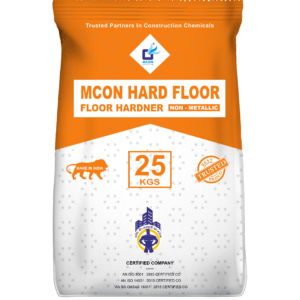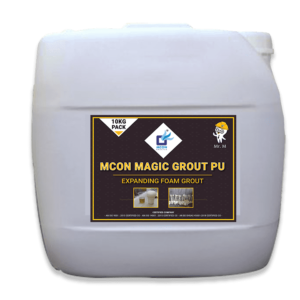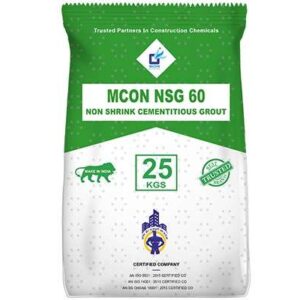Cementitious Grouts
Cementitious grouts are made up of Portland cement, filler particles of various sizes, a water-retentive ingredient, and coloured pigments. Cementitious grouts are the most common type of grouting material used in residential and certain commercial applications.
Epoxy Grouts
Epoxy grouts are a completely distinct type among the engineering grouts that do not contain Portland cement. There is no usage of water in the mixing procedure. Epoxy resin, silica fillers, colours, and a hardener are used to make these grouts. They are less porous than cementitious grouts and are an excellent choice in areas where acids and greases are prevalent.
Furan Resin Grouts
Furan grout is comparable to epoxy, however, it is formed of chemical-resistant polymers of fortified alcohols. The term originates from the presence of furfuryl alcohol in the formulation. This sort of grout contains no water at all. Furans are two-component systems composed of a furan resin and even a filler powder activated by an acid catalyst.














